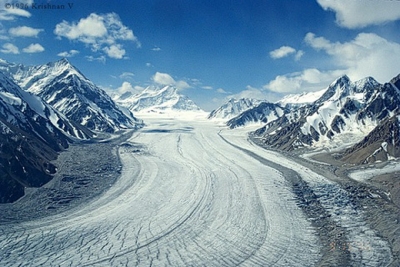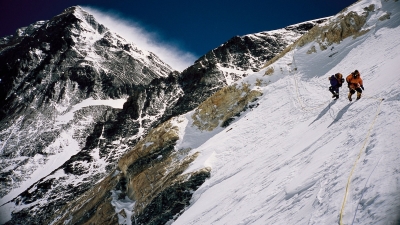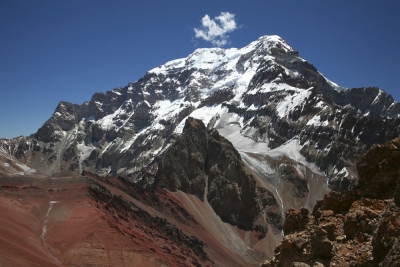Which is the highest battlefield?

Siachen Glacier is the world's highest battlefield at an elevation of 5416 metres above sea level. At Siachen, the temperature is always freezing, and can even drop to temperatures as low as minus 60 degrees Celsius. Apart from the freezing weather, the oxygen level here is as low as 10 per cent of what we have on the grasslands.
Existing as a barrier between the Shaksgam Valley and Baltistan, it holds a significant importance for India by preventing the link-up of the Pakistani army with the Chinese army, thus protecting Ladakh - the Shaksgam valley is under the control of China and Baltistan is occupied by Pakistan. With about 3000 soldiers on duty every day, India spends around 5 to 7 crores daily to guard the glacier. Every soldier who gets to guard the glacier, serves only for about three months, as the harsh weather conditions make it very difficult to survive for longer periods.
Since the Indian army took control of Siachen in 1984, more than 1000 soldiers have died here. This number is almost twice the number of men who lost their lives in the Kargil war! A war memorial with the names of all the Indian soldiers who lost their lives for their country can be seen at the Siachen Base Camp of the Indian Army.
Picture Credit :Google

